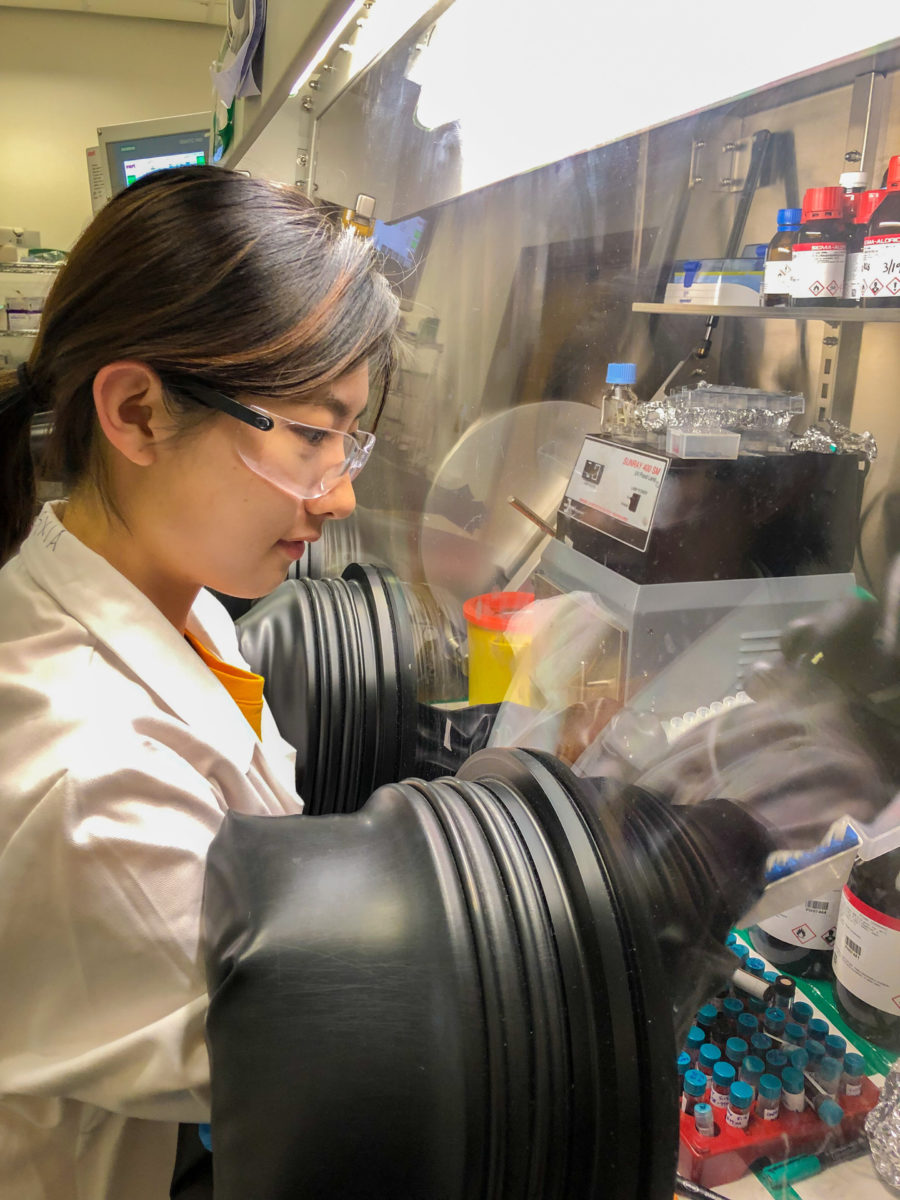Scientists at the University of Toronto have combined two promising solar cell technology materials – quantum dot and perovskite – in a single device.
Both materials offer the potential for high efficiency PV devices and low production costs but are held back by a number of issues, chiefly instability under everyday conditions where the heat and moisture they would face causes quick degradation.
By combining the two in a hybrid structure, however, the Toronto researchers found the materials stabilized each other. The team created two devices, which are described in the paper Lattice anchoring stabilizes solution-processed semiconductors, published in the journal Nature.
One of the devices comprised a quantum dot structure with about 15% perovskites, primarily for use as a solar cell. The other was composed of perovskites with slightly less than 15% quantum dot materials and intended primarily for use as an LED.
Stability
Popular content
The team reported the perovskite-rich material remained stable at 25 degrees Celsius and 30% humidity for six months. In the quantum dot device, the aggregation of nanoparticles – which commonly affects performance – was one fifth that seen in devices using the same material without perovskite.
The researchers now hope to see their results picked up by industry, and would like tests conducted to seek synergies between other similar materials. “Industrial researchers could experiment by using different chemical elements to form the perovskites or quantum dots,” said lead author of the paper Mengxia Liu, now a postdoctoral fellow at the University of Cambridge. “What we have shown is that this is a promising strategy for improving stability in these kinds of structures.”
Liu lauded the collaborative working environment that helped lead to the discovery, adding: “Perovskite and quantum dots have distinct physical structures and the similarities between these materials have been usually overlooked. This discovery shows what can happen when we combine ideas from different fields.”
This content is protected by copyright and may not be reused. If you want to cooperate with us and would like to reuse some of our content, please contact: editors@pv-magazine.com.



1 comment
By submitting this form you agree to pv magazine using your data for the purposes of publishing your comment.
Your personal data will only be disclosed or otherwise transmitted to third parties for the purposes of spam filtering or if this is necessary for technical maintenance of the website. Any other transfer to third parties will not take place unless this is justified on the basis of applicable data protection regulations or if pv magazine is legally obliged to do so.
You may revoke this consent at any time with effect for the future, in which case your personal data will be deleted immediately. Otherwise, your data will be deleted if pv magazine has processed your request or the purpose of data storage is fulfilled.
Further information on data privacy can be found in our Data Protection Policy.